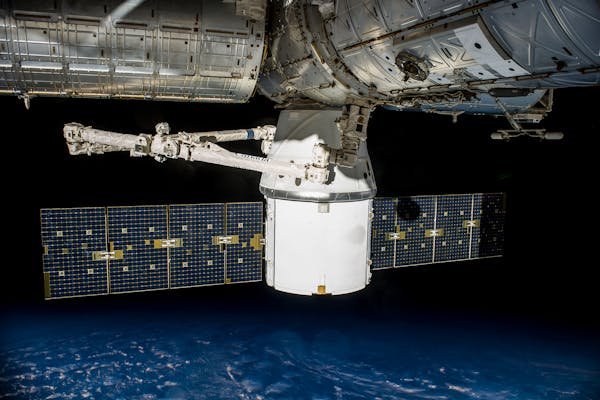Quantum Imaging from Space: A Milestone in High-Resolution Earth Observation
By Zane Carter
In a quiet test that could make waves across both science and security, a low-Earth orbit satellite has done something extraordinary: it used quantum-entangled photons to image the Earth with resolution and clarity surpassing traditional optics.
This isn’t science fiction—it’s the world’s first successful demonstration of quantum imaging from space. And the results point to a future where Earth observation, surveillance, and even space exploration could be powered by a new kind of lens: one built not from glass, but from quantum correlations.
How It Worked
At the heart of the experiment was a quantum payload designed to generate and transmit entangled photon pairs from orbit. One photon stayed on the satellite. The other was beamed toward a target on Earth. Because of their quantum link, data about one photon—when interpreted properly—could reveal information about the other, and by extension, the environment it interacted with.
This method allowed the imaging system to bypass atmospheric distortions and limitations of traditional light-based optics. The result? A cleaner signal and sharper image reconstruction than previously possible from that altitude.
New Eyes on the Earth
Beyond the tech novelty, quantum imaging could become a strategic asset. It enables clearer, stealthier, and potentially un-jammable imaging techniques—making it attractive for environmental monitoring, disaster mapping, and yes, next-gen reconnaissance.
It also opens doors for non-invasive sensing across long distances, including monitoring volcanic activity, forest degradation, or mineral signatures without deploying drones or planes.
More Than Resolution—A Whole New Framework
What’s important here isn’t just better pictures. It’s the paradigm shift in how information can be gathered and decoded using entangled systems. This marks a stepping stone toward more advanced quantum sensor arrays that could one day image through walls, beneath surfaces, or even within biological tissue—from orbit.
The satellite’s successful test paves the way for full-scale missions slated for late 2026, with applications stretching from climate science to secure quantum communication networks.


